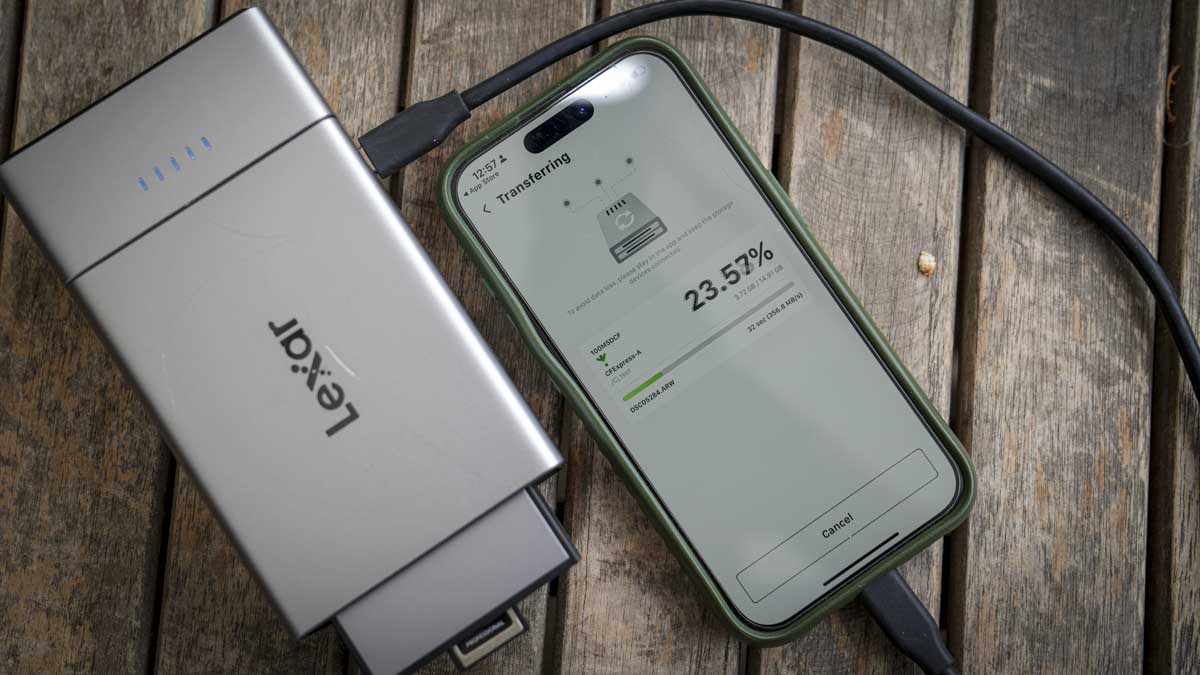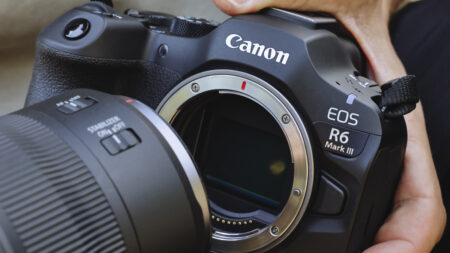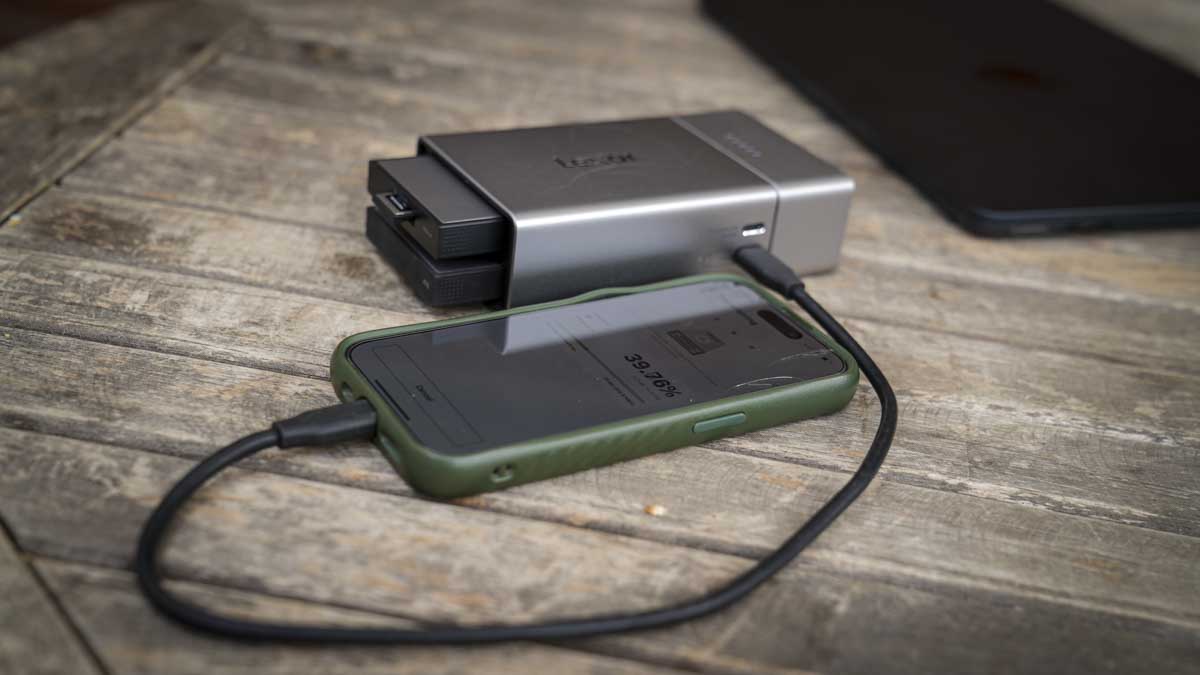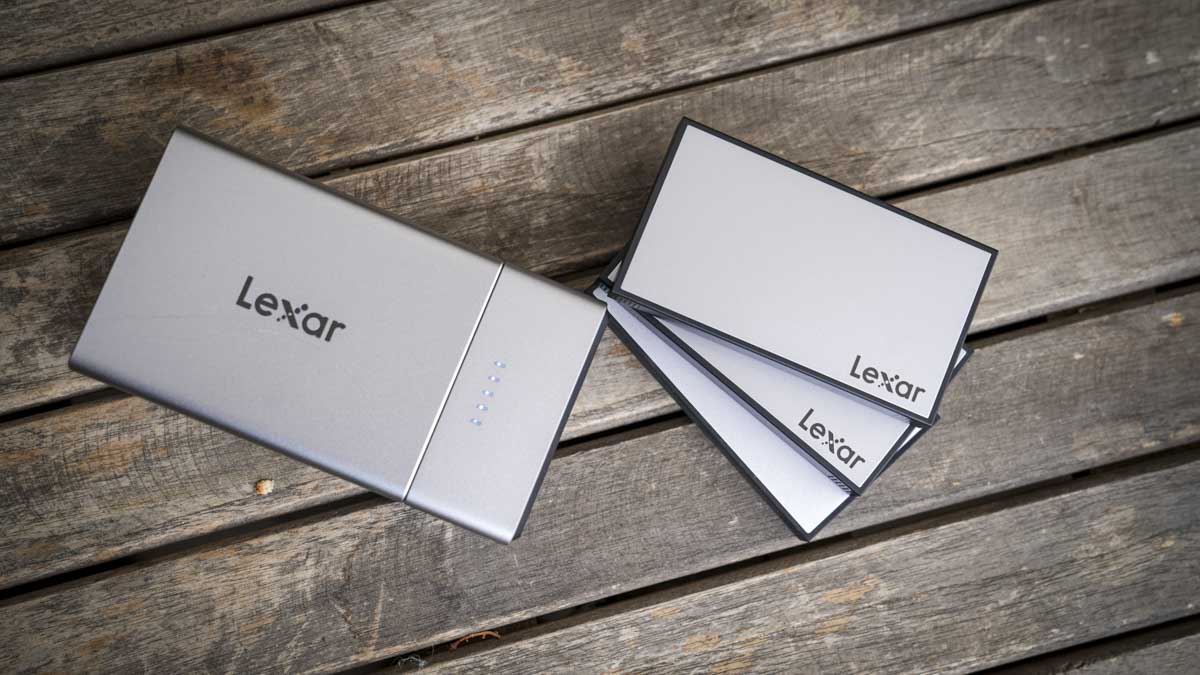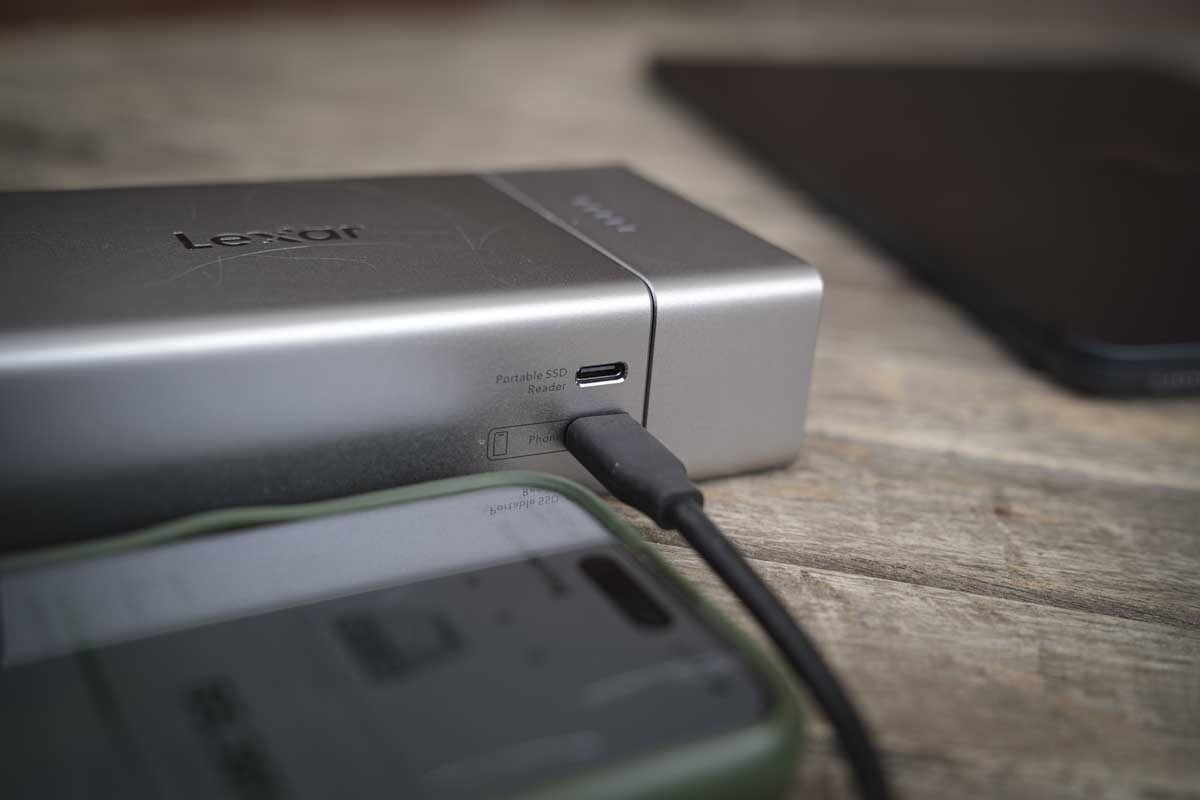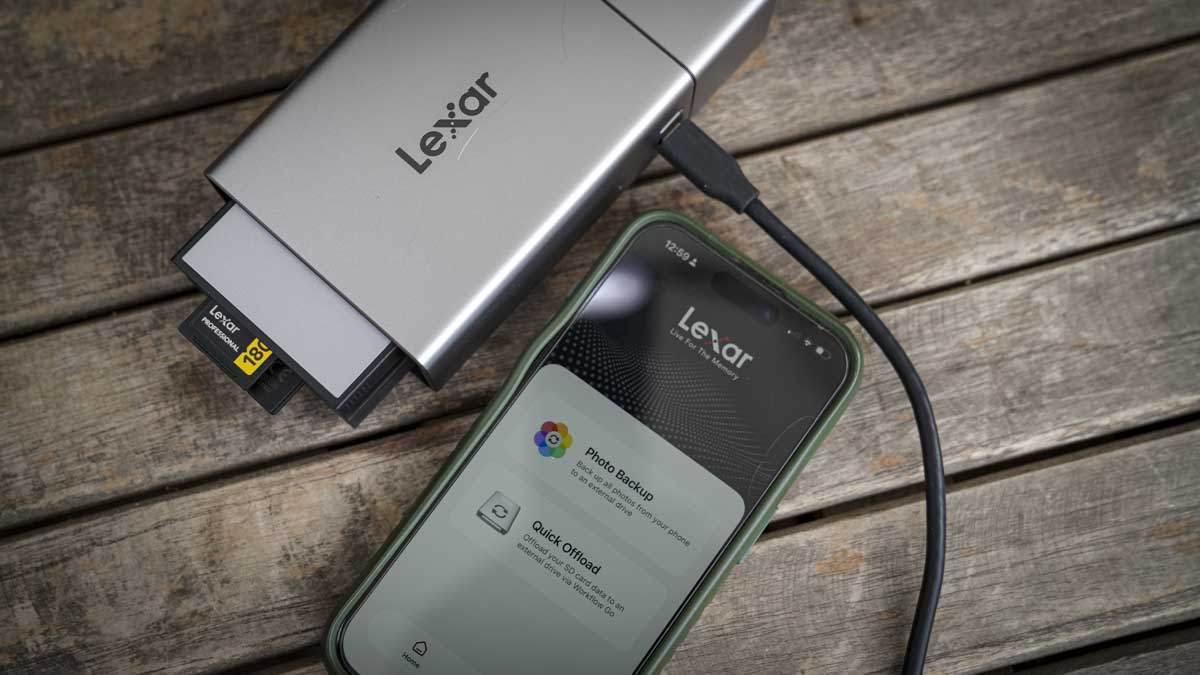The Lexar Professional Workflow Go is a relatively simple-looking device, essentially a docking station for Lexar’s range of modules that can be used in the Workflow or here in the Workflow Go. These modules feature a variety of card readers, including SD, microSD, CFexpress Type A and B, and simply insert into one of the Workflow devices so that you can read and review the files on board. Alongside the memory card reader modules, you also have a variety of different capacity SSD modules that can be inserted into the machine. So, essentially, you have your reader and your portable SSD. What the Workflow Go does is take the design of the studio-based Workflow out into the field so that you have two modular bays, meaning you can insert one memory card reader and one SSD.
Ordinarily, this would replace a card reader and a portable SSD that you use out in the field, plugged into your laptop, but the Workflow Go is far more and utilises a companion app, so essentially you don’t need to use your computer at all. You can do everything from the easy-to-use app interface although you do need a USB-C cable to link the drive to the phone.
What’s more, unlike a card reader or portable SSD that generally draws power from a laptop or other device, the Workflow Go has its own integrated battery pack. Again, this is modular, so you can take several packs with you. As downloading and transferring files can be power-intensive, the unit itself also features a power in and out, so even when you’re using the device, you can utilise external power to top up the charge, meaning the system doesn’t fail because of low power.
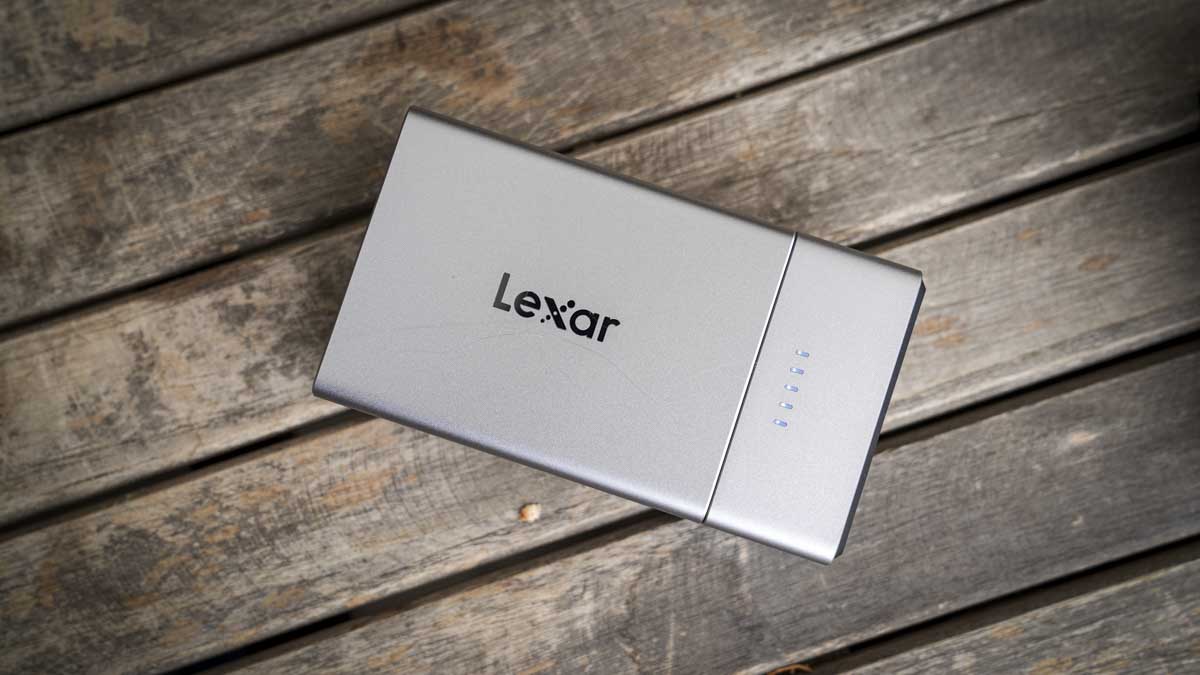
There are other features that enable you to connect portable SSD readers and your mobile phone directly to the unit, helping to speed up transfer rates and interaction with the device. Essentially, it’s an extremely well-thought-through evolution of the Workflow design that has become a staple of my studio.
On the downside, whilst this does cut down on the amount of kit that you need to take with you, sizewise it is larger than standard single-slot card readers, and of course, the transfer speed depends solely on which module is being used and the media that is being inserted. It’s also worth noting that if you’ve got a camera such as the Sony A7 IV that utilises both SD and CFexpress Type A cards, then you will need to carry a couple of modules with you, swapping between the SD and CFexpress modules to copy the memory card file content down to the SSD module.
But ultimately, this is one of the most advanced card reader systems for use in the field that I’ve come across, and is incredibly useful when you’re wanting to quickly review your images on a shoot with your colleagues and clients.

